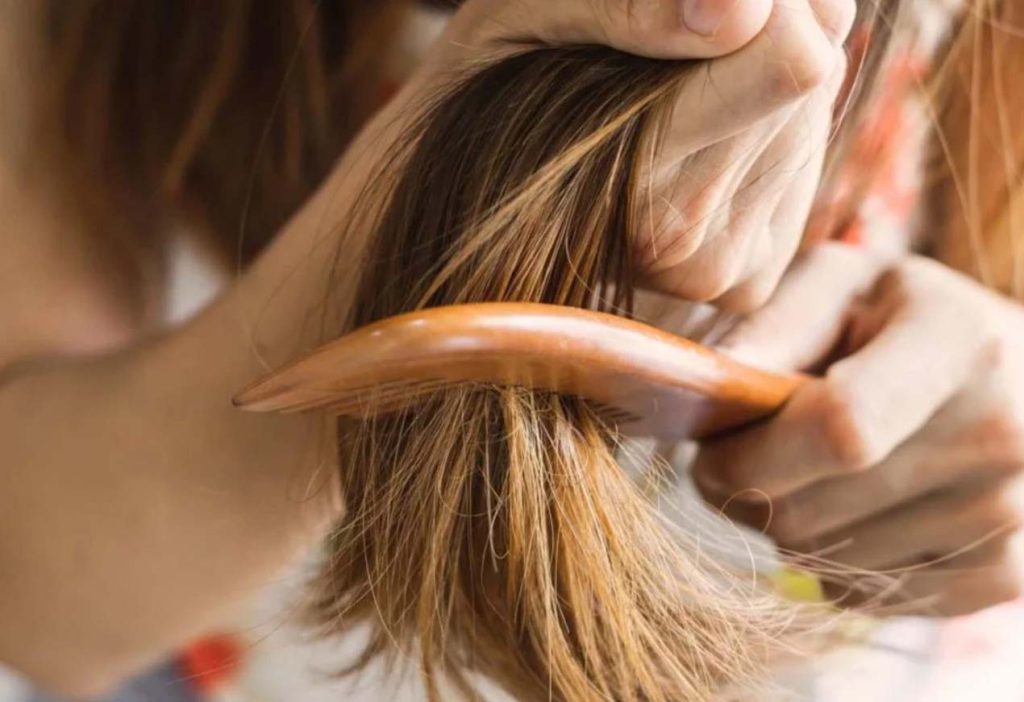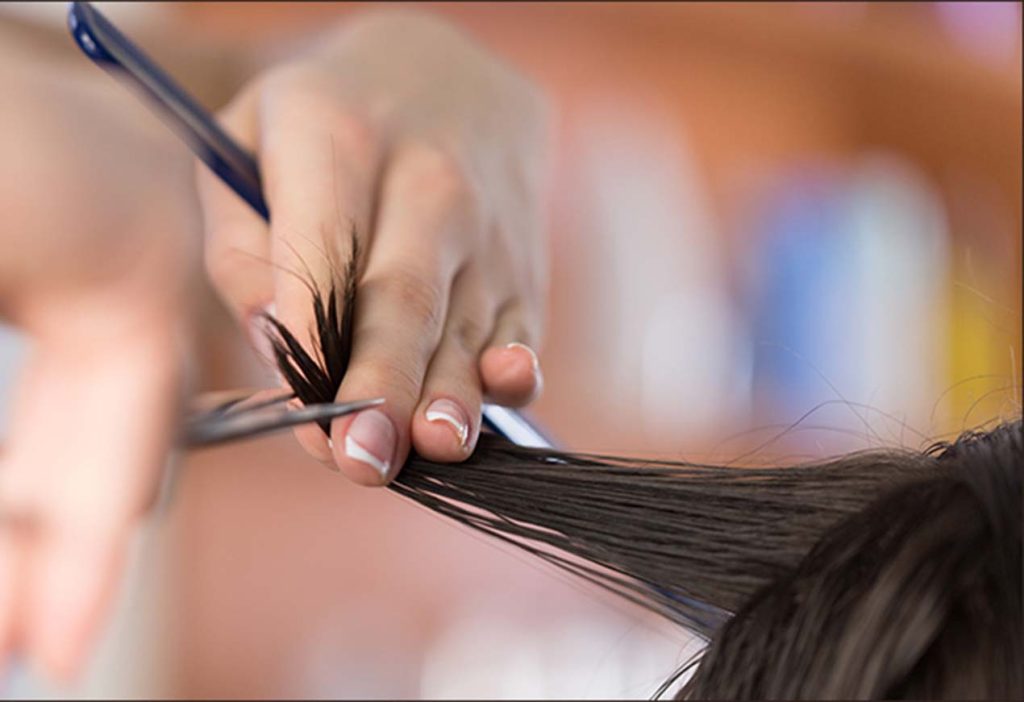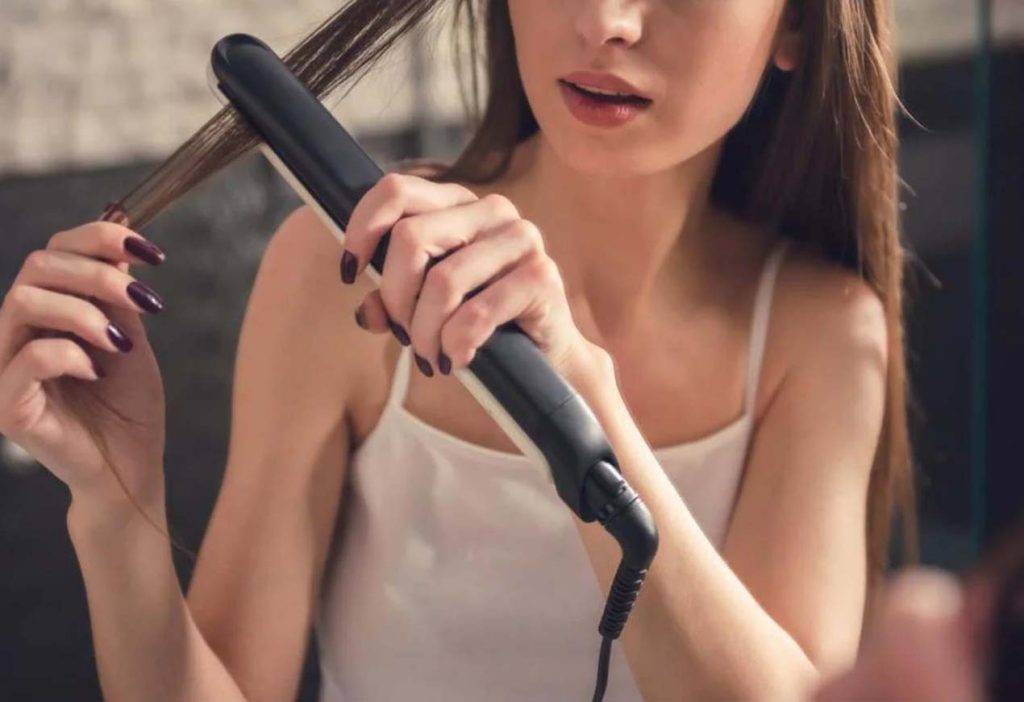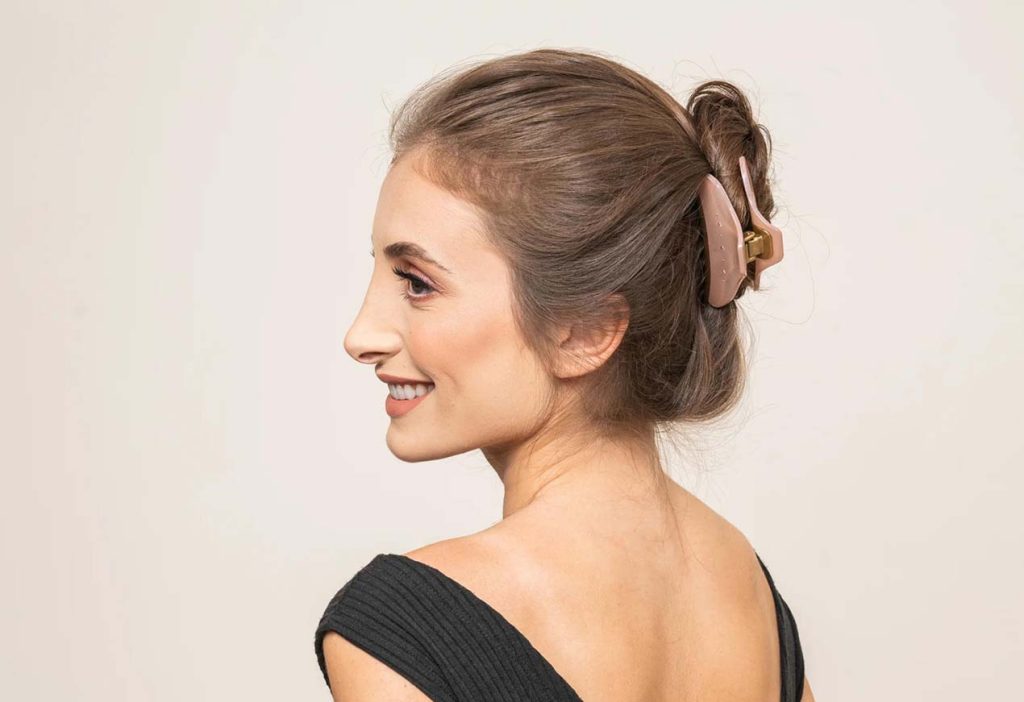
Damaged hair can be frustrating and affect your confidence. But fear not! There are several ways to repair and restore the health of your hair. We’ll explore nine effective ways to restore damaged hair so you can start living with healthier, more beautiful hair.
Get a Trim: Starting Fresh

If your hair is damaged, one of the best ways to initiate the repair process is by getting a trim. Removing split ends and damaged sections will prevent further breakage and promote healthier hair growth. Visit a trusted hairstylist who can assess your hair’s condition and give you a fresh, clean start.
Moisturize: Hydrate Your Hair
Dry and damaged hair lacks moisture, so it’s crucial to replenish it with hydrating treatments. Invest in a high-quality deep conditioning mask or hair oil and use it regularly. Apply the treatment from the mid-length to the ends of your hair, focusing on the damaged areas. Leave it on for the recommended time to allow the moisture to deeply penetrate your hair. Rinse thoroughly to reveal softer and more nourished locks.
Minimize Heat Styling: Give Your Hair a Break

Excessive heat styling can cause significant damage to your hair. Try to reduce the use of hot tools such as flat irons, curling irons, and blow dryers. Embrace your natural hair texture and opt for heat-free styling methods whenever possible. If you must use heat styling tools, set the temperature to the lowest setting that achieves your desired result and always apply a heat protectant beforehand.
Use a Heat Protectant: Shield Your Hair
When using heat styling tools, it’s crucial to protect your hair from the damaging effects of heat. Apply a heat protectant spray or serum evenly throughout your hair before using any hot tools. The protectant will create a barrier that minimizes heat damage and helps your hair retain moisture.
Wear Headscarves: Protect Your Hair

Headscarves not only add a stylish touch to your look but also protect your hair from external factors that can cause damage. Whether you’re lounging at home or heading out, wrap a silk or satin headscarf around your hair to reduce friction and prevent breakage. This simple step can make a significant difference in the long-term health of your hair.
Get a High-End Hairbrush: Invest in Quality
Investing in a high-quality hairbrush can work wonders for damaged hair. Look for a brush with soft bristles, preferably made from natural materials like boar bristle. These brushes are gentle on your hair, minimize breakage, and help distribute natural oils from your scalp to the ends, keeping your hair nourished and healthy.
Give Up Bleach and Hair Color: Embrace Natural
Chemical treatments like bleach and hair color can severely damage your hair. Consider giving up these treatments and embrace your natural hair color or opt for less damaging alternatives such as highlights or lowlights. If you’re determined to color your hair, consult a professional stylist who can recommend gentler options and help maintain the health of your hair.
Use Gentle Hair Ties and Clips: Avoid Breakage

Traditional hair ties and clips with metal parts can cause breakage and damage to your hair. Opt for gentle hair ties made from fabric or silicone that won’t tug or pull on your strands. Similarly, choose hair clips with smooth edges and avoid using them too tightly. These small changes can make a big difference in preventing further damage and breakage.
Sleep on Silk: Protect Your Hair Overnight
Cotton pillowcases can create friction and cause hair breakage while you sleep. Swap them out for silk or satin pillowcases to reduce friction and help your hair retain moisture. Additionally, consider tying your hair in a loose braid or bun to further protect it during sleep.
Repairing damaged hair takes time and consistency, so be patient and diligent with your hair care routine. By combining these nine strategies, you will gradually notice a positive transformation in the health and appearance of your hair.


